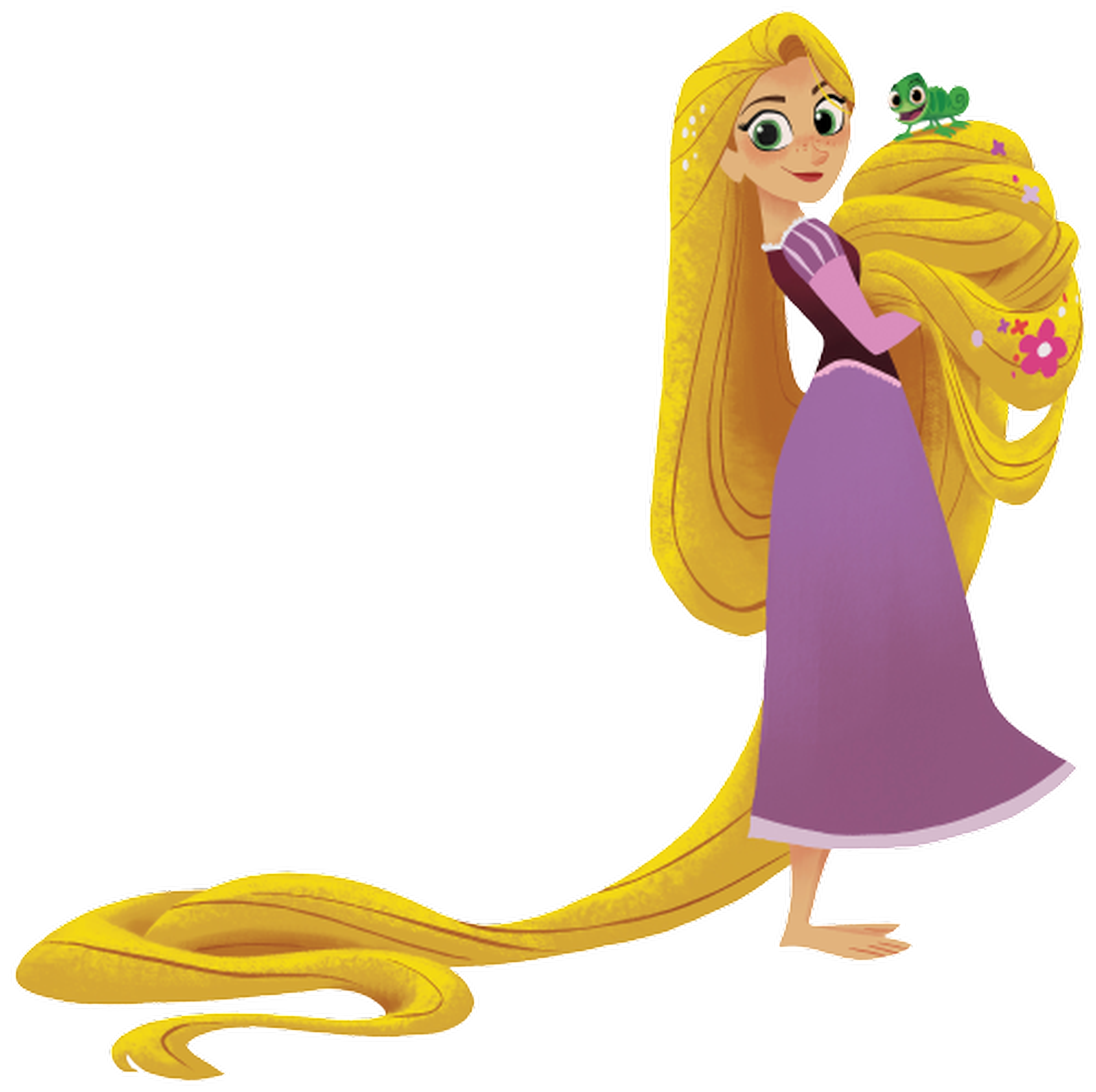

Flynn escapes prison with the help of some thugs that Rapunzel befriended on their journey. Shortly after her return to the tower, Rapunzel figures out that she is the lost princess. As her own life depends on Rapunzel’s magical hair, she plots to return Rapunzel to the tower and have Flynn put to death by the palace guard. Mother Gothel discovers Rapunzel has left the tower for the city. Rapunzel convinces Eugene to take her to see the floating lanterns and so they embark on a journey to the castle at the centre of the city. He unwittingly finds his way to Rapunzel’s tower while looking for a place to hide. Rapunzel longs to see the floating lights unaware that they are actually floating lanterns released by her family and the community in memory of the lost princess.Īfter stealing a royal crown from Rapunzel’s family, Eugene Fitzherbert (aka Flynn Rider) is chased into the forest by the palace guard. On her birthday each year, Rapunzel is able to see floating lights in the night sky from her tower window. She raises her as her own daughter and uses the magical properties of Rapunzel’s hair to retain her own youth. Mother Gothel kidnaps Rapunzel and locks her in a tower deep in the forest. When Rapunzel is born, the magical properties of the flower are embodied in her hair. One day, while pregnant, the queen of a nearby kingdom falls ill and the flower is used to restore her and her unborn child, Rapunzel, to health. An old woman, Mother Gothel, learns of the magical properties of the flower and for centuries uses its power to retain her youth. SynopsisĪ single drop of sunlight falls from the heavens and from it grows a magical golden flower. This is not a major concern for this analysis as the frame count is used to simply highlight the variation in timing for the character movement as it appears on screen and not intended to be an accurate record of the exact frame count used by the animator during production. This being an unfortunate by-product of the digital encoding for DVD release and subsequent re-encoding and manipulation to allow me to step through the film frame-by-frame. It should be noted that frame counts used in this paper will vary from the original production. This paper offers an analysis of the character animation in Tangled to develop a deeper understanding of how Disney has approached the extension of their traditional aesthetic into the CG medium. Although Tangled (Nathan Greno and Bryan Howard, 2010) is not Disney’s first CG animated film, it is the first time they have attempted to use the medium to tell a classic Disney-style fairy tale. (1) The dominance of 3D CG in animated films (over traditional mediums) is largely due to the remediation of the fundamental principles of animation. In the short time since PIXAR Animation created the first 3D computer animated feature film, Toy Story (John Lasseter, 1995), 3D computer graphics (CG) have replaced the classical 2D realist styling of Disney Animation to become the dominant aesthetic form of mainstream animation.


 0 kommentar(er)
0 kommentar(er)
